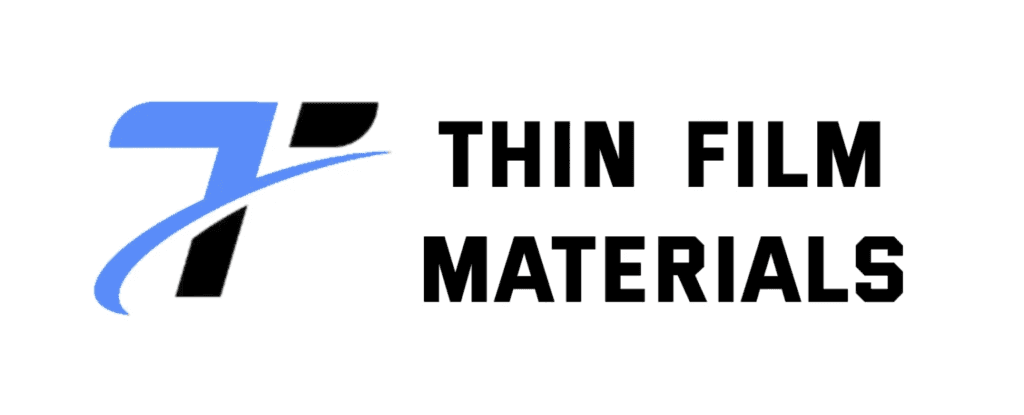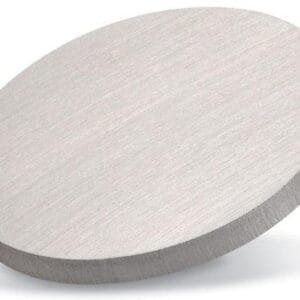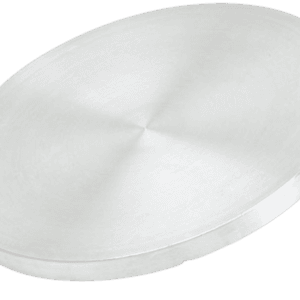Barium Cerium Yttrium Zirconate Sputtering Target – High Purity for Advanced Thin Film Deposition
TFM proudly offers Barium Cerium Yttrium Zirconate Sputtering Targets, engineered for high-performance thin film deposition processes such as RF and DC sputtering. With a chemical composition of BaCe(1-x-y)Y(x)Zr(y)O₃, commonly referred to as BZCY, this complex oxide ceramic material delivers excellent ionic conductivity, thermal stability, and compatibility for semiconductor, optical, and solid oxide fuel cell (SOFC) applications.
We manufacture BZCY sputtering targets with exceptional purity levels up to 99.9995%, ensuring film uniformity, reduced contamination, and improved process yields across demanding PVD/CVD systems.
Key Features of BZCY Sputtering Target
-
Chemical Formula: BaCe(1-x-y)Y(x)Zr(y)O₃
-
Synonyms: BCZY, BZCY721, BZCY72, Ceria- and Yttria-substituted Barium Zirconate
-
Appearance: Dense, solid ceramic material
-
Purity: Up to 99.9995% (5N5)
-
Sputtering Compatibility: RF, DC magnetron sputtering
-
Bonding Options: Elastomer or Indium bonding available for improved thermal contact
-
Applications: Thin film solid electrolytes, proton-conducting membranes, high-k dielectrics, transparent conductive oxides
Standard and Custom Sizes Available
We provide a wide range of standard sizes and also accommodate custom requests:
-
Diameter Options: 1.0″, 2.0″, 3.0″, 4.0″, 5.0″, 6.0″
-
Thickness Options: 0.125″, 0.250″
-
Shapes: Circular, rectangular, or custom machined shapes available upon request
TFM can machine BZCY sputtering targets to fit your specific deposition equipment and application needs. Contact us to discuss your customized requirements.
Packaging and Handling
To maintain product integrity, each Barium Cerium Yttrium Zirconate Sputtering Target is:
-
Individually sealed in anti-static and vacuum-safe packaging
-
Handled in a clean environment to prevent particulate contamination
-
Protected using soft foam and rigid boxes to prevent mechanical damage during transit
Our packaging process ensures that every target arrives in pristine condition, ready for immediate use in vacuum deposition systems.
Applications of BZCY Sputtering Targets
Thanks to its excellent thermal and ionic properties, BZCY is widely used in:
-
Proton-conducting fuel cell membranes (PCFC, SOFC)
-
High-temperature electrochemical devices
-
Semiconductors and electronic ceramics
-
Optical coatings and dielectric films
-
Research and development in advanced materials
The combination of cerium, yttrium, and zirconium in the barium oxide matrix results in improved mechanical strength, reduced electronic leakage, and high conductivity under humid environments.
Why Choose TFM for Your BZCY Targets?
-
High Purity Guarantee: Up to 99.9995% for clean, defect-free film deposition
-
Consistent Microstructure: Low grain size and uniform density ensure reproducible results
-
Customization Expertise: Tailored solutions for your specific sputtering system
-
Comprehensive Inventory: In-stock standard sizes with fast delivery options
-
Global Delivery: Secure worldwide shipping with full documentation and MSDS
Related Products
You may also be interested in:
-
[Barium Sputtering Target]
-
[Cerium Sputtering Target]
-
[Yttrium Sputtering Target]
-
[Zirconium Sputtering Target]
Each elemental component is also available as a standalone sputtering target for alloy tuning and layered deposition strategies.
Request a Quote or Contact Our Technical Team
Whether you’re engaged in materials R&D or high-volume production, TFM offers top-tier Barium Cerium Yttrium Zirconate Sputtering Targets to support your process. Contact us today for pricing, technical data sheets, and bonding services.
📧 Email: sales@thinfilmmaterials.com
📞 Tel: (786) 825-8645
🌐 Website: www.thinfilmmaterials.com





 Arabic
Arabic Dutch
Dutch English
English French
French German
German Italian
Italian Portuguese
Portuguese Russian
Russian Spanish
Spanish
Reviews
There are no reviews yet.